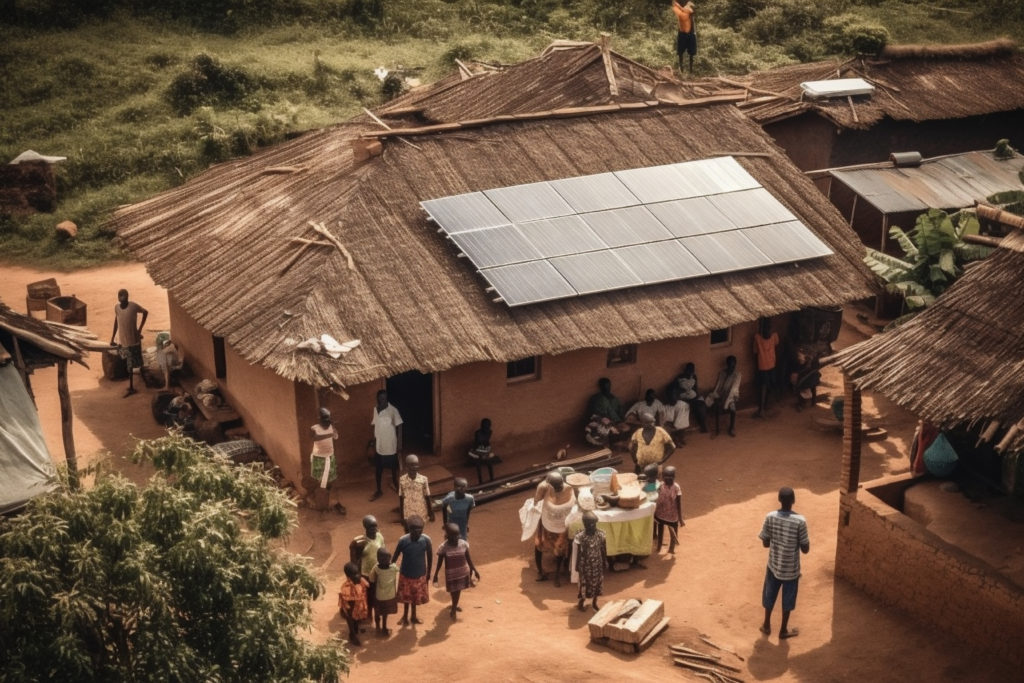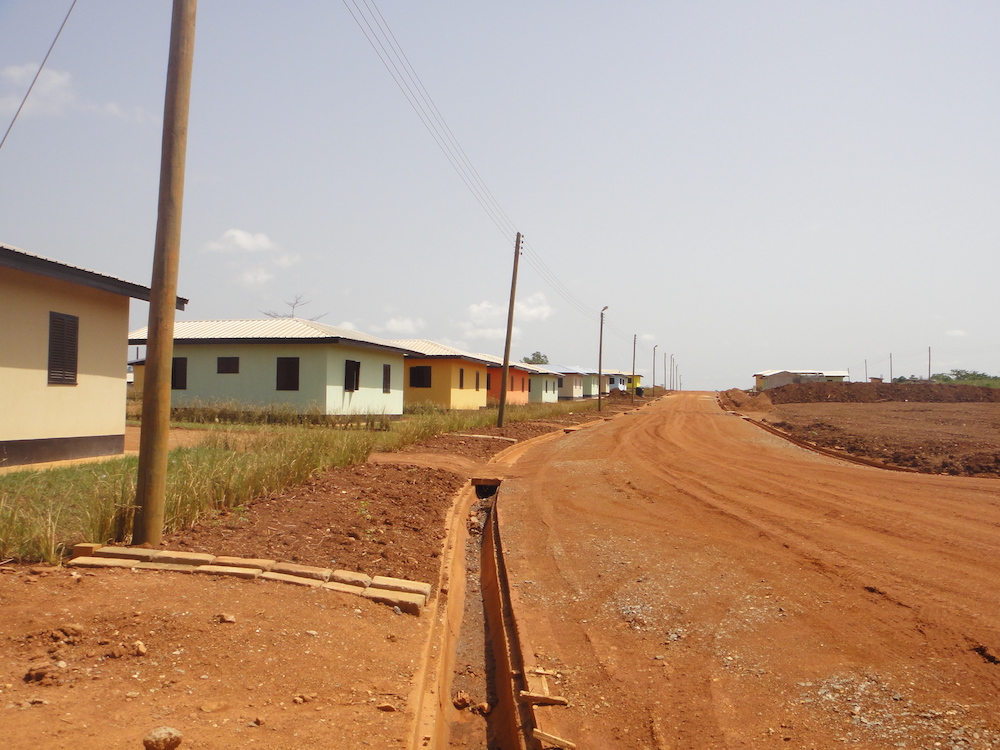
It’s an undeniable fact that the world needs more metals to deal with the effects of climate change and to achieve net zero by 2050. Renewable energy (solar panels, wind turbines), electrification of transportation and the need for more power infrastructure are only part of the demand picture. There will also be a huge need to upgrade, replace and build new infrastructure to manage and adapt to the impacts of climate change, for example, in relation to sea walls, drainage systems and other facilities in low lying coastal cities.
Key minerals that will be required for the energy transition will include copper, lithium, nickel, manganese, cobalt, graphite, chromium, molybdenum, zinc, rare earths and silicon. Management and adaptation measures will require large amounts of materials like iron ore. Even with efforts in relation to substitution, recycling and improved technologies to reduce demand for minerals, as well as the possibility of mining the ocean floor, there will still be a massive demand for minerals mined through open pit and underground methods.
Mining companies, which work in increasingly difficult geographical, political and social contexts, know only too well how long it takes to develop a new mine or even expand an existing operation. This is typically further complicated by the need to obtain ‘free and clear’ access to land for the mine footprint and related health and safety buffer zones, in a context of challenging community relations and heightened scrutiny of environmental and social performance.
The location of many energy transition minerals will require access to land in regions of political instability or insecurity, including in Africa, Asia and Latin America, often where communities and operations themselves face challenges of climate change. Currently, production of some minerals is overly concentrated in certain regions, for example cobalt in the Democratic Republic of Congo. Diversification of supply will be critical, and with long lead in times for projects this could create bottlenecks in supply.
The demand for very large amounts of minerals and the concomitant need to access very large areas of land will, in turn, result in a very significant increase in the number of communities and people who will be physically and economically displaced. This will ultimately affect tens, if not hundreds, of thousands of people across the globe, and will require mining companies to work very closely with affected communities and government to facilitate large-scale resettlements.
For land access to be obtained in the required timelines, project proponents will need to resettle displaced communities as quickly as possible, but in an appropriate and cost effective manner that allows for proper assessment and planning, full engagement with project affected people and other key stakeholders, and compliance with national laws and international standards.
Managing resettlement responsibly will ensure a sustainable social licence to operate into the future, while clearly helping to improve the lives of displaced people so that they do not bear the cost of the green transition.
What makes this land access and resettlement challenge particularly difficult is that:

As global land access and resettlement practitioners, we have worked with the leading mining companies around the world dealing with land access and resettlement challenges, including Anglo American (LSE: AAL), Newmont (TSX: NGT; NYSE: NEM) and Rio Tinto (NYSE: RIO; LSE: RIO; ASX: RIO), as well as many mid-tier and junior companies. From our experience, at Steyn Reddy Associates, there are several critical strategic and tactical steps mining companies can take to better manage land access and resettlement and to do so on time and in budget. At a macro-level, these steps boil down to the need to plan and manage in a more fully integrated and coordinated manner. Specific steps include the following:
The need to resettle displaced people in a proper and timely manner is no longer just critical to the success of individual mining projects and corporations. It is going to be critical to global efforts to secure access to the minerals that are necessary to enable the green transition.
— Gerry Reddy and Mike Steyn are founding directors of Steyn Reddy Associates (SRA), a niche firm specializing in land access and resettlement. They have worked globally on the due diligence, planning, implementation and monitoring and evaluation of land access and resettlement projects for clients in the mining, renewables, infrastructure and conservation sectors.